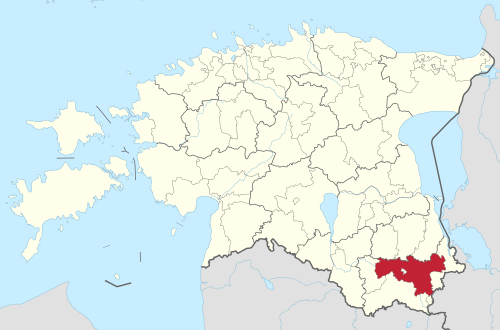The secure children’s home service (SCH, or KLAT in Estonian) temporarily restricts a child’s freedom of movement away from home in a safe and supportive environment. It is intended as a last resort for children whose behavior seriously endangers their own life, health, and development, or the lives and health of others. Because SCH involves restricting a child’s freedom, referral should not happen prematurely or for cases with low levels of need. Therefore, it is important to recognize the needs of the child and family at the right time, involving the child and family in finding suitable solutions.
In collaboration with Tallinn University, we conducted a comprehensive five-part study analyzing the cases of children placed in secure homes. The goal was to assess potential deficiencies in their support system, both before and after placement, collect feedback from children and parents on the support provided, and provide recommendations that would help prevent children from entering secure homes.
The HAAP team examined two subthemes: risk and protective factors influencing placement in a secure children’s home and the assessment process of the necessity of the SCH measure.
The research involved quantitative analysis of the data on children placed in secure homes in national databases as well as interviews with children placed in secure homes and the parents of children who had been placed in SCH. Focus groups were held with judges, secure home service providers, child protection workers, specialists from the Social Insurance Board, and local support network members, including police officers, youth workers, social pedagogues, prosecutors, and others.
Our analysis of risk factors clearly showed that the issues faced by children who end up in secure homes are mostly complex and intertwined. Children’s mental health problems are often paired with substance abuse, truancy, running away from home, and family issues, usually accompanied by a lack of parenting skills and parents’ own mental health issues. Our recommendations included providing support for parents in dealing with addiction and mental health issues, ensuring the availability of family-based support measures (such as MDFT), involving mental health specialists in the child’s network early on, and increasing collaboration between mental health service providers and schools.
Analysis of the SCH referral process revealed that the child’s needs assessment in the local network is not always sufficiently thorough, often due to excessive workloads of child protection specialists. The support network also lacks a unified basis for assessing the child’s risk level. Recommendations included standardizing the knowledge of network members about SCH services and their suitability for children with different needs, developing a unified methodology for assessing the levels of risk behavior, and ensuring the participation of the child and family in the assessment process. We also suggested that placement should only ensue when less restrictive services are truly exhausted and recommended more short-term SCH placements.
The other parts of the study addressed the assistance and services provided to the child in the local municipality, the cooperation between child protection services and the education, social and legal systems, and the experiences of other countries in supporting at-risk children.
You can find the study in full here.




